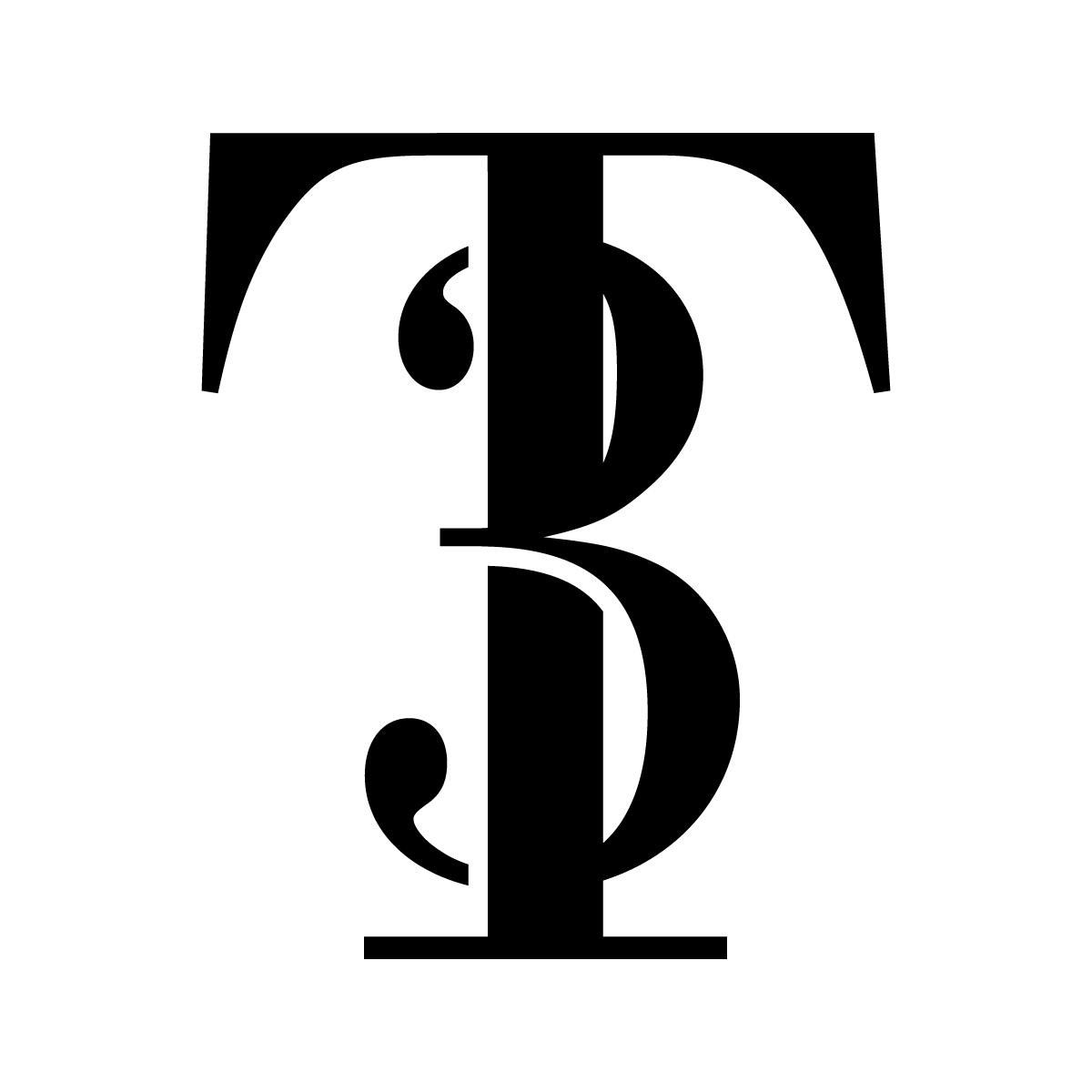
Three Americans Art®
Alphonse Lane
We Deliver
Purchases
within a 75 mile distance of 19312
SCROLL ALL THE WAY DOWN ON THE DIFFERENT PAGES TO SEE ADDITONAL WORKS TOWARD THE BOTTOM.
(Contact) Alphonse Lane, AlphonseLane@alumni.Upenn.Edu
for purchases
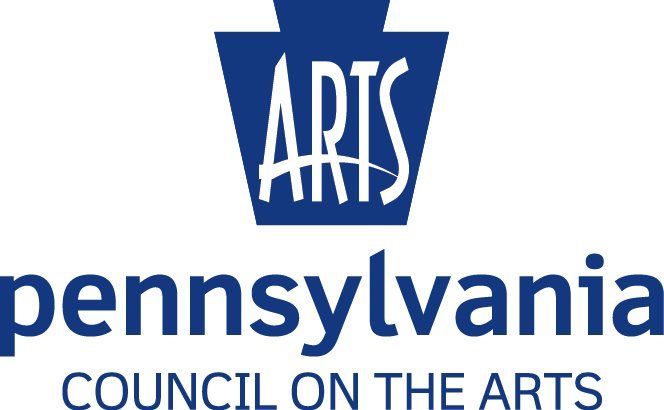
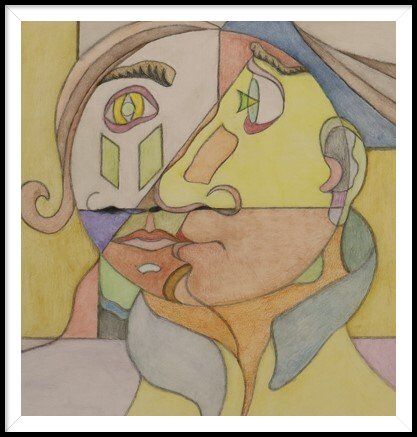
21.5X21.5 Soul Mates Watercolor
The Introspective
Portraits
These portraits represent deep thought. They speak of people who reach a level of growth of self-analysis and awareness, introspect, to self-examine, and contemplate their own life, to think of our existence as human beings and why we live our lives, to look within. They are about relationships.

22X22 The Relationship Introspection Watercolor
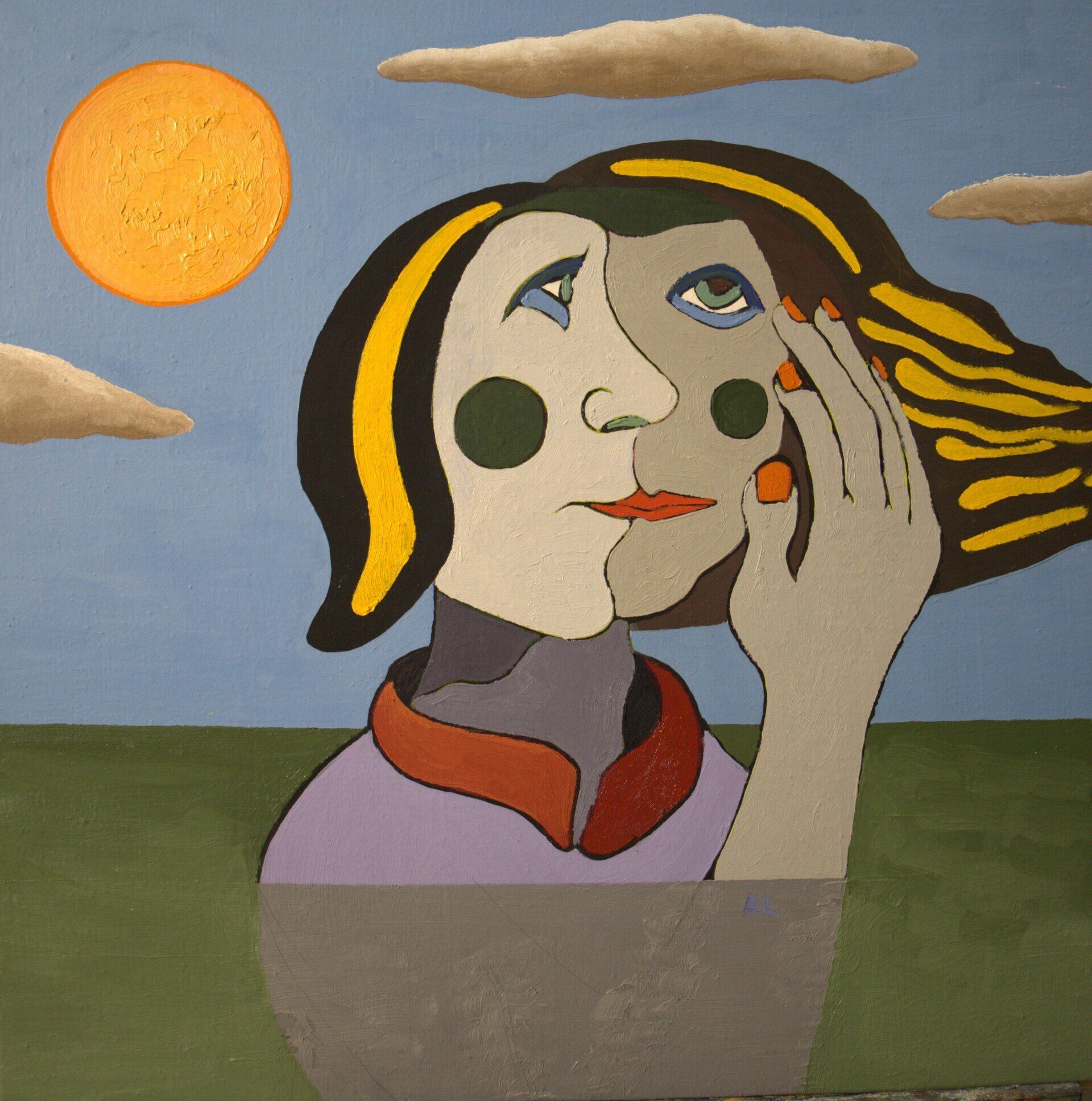


The Beauty of the Pear.
These Pears have been painted with love and adoration. They are an exercise in joy and happiness. I experience fond memories such as when I was a child using my first box of 72 Color Carola Crayons. Also when I was Five or Six and drawing on the easel Chalkboard with colored Chalk my mother purchased for me.
The Abstract
These abstract Watercolor and ink drawings, are based upon Design,Color and Movement. While they speak of many things. Let's address them from that standpoint.
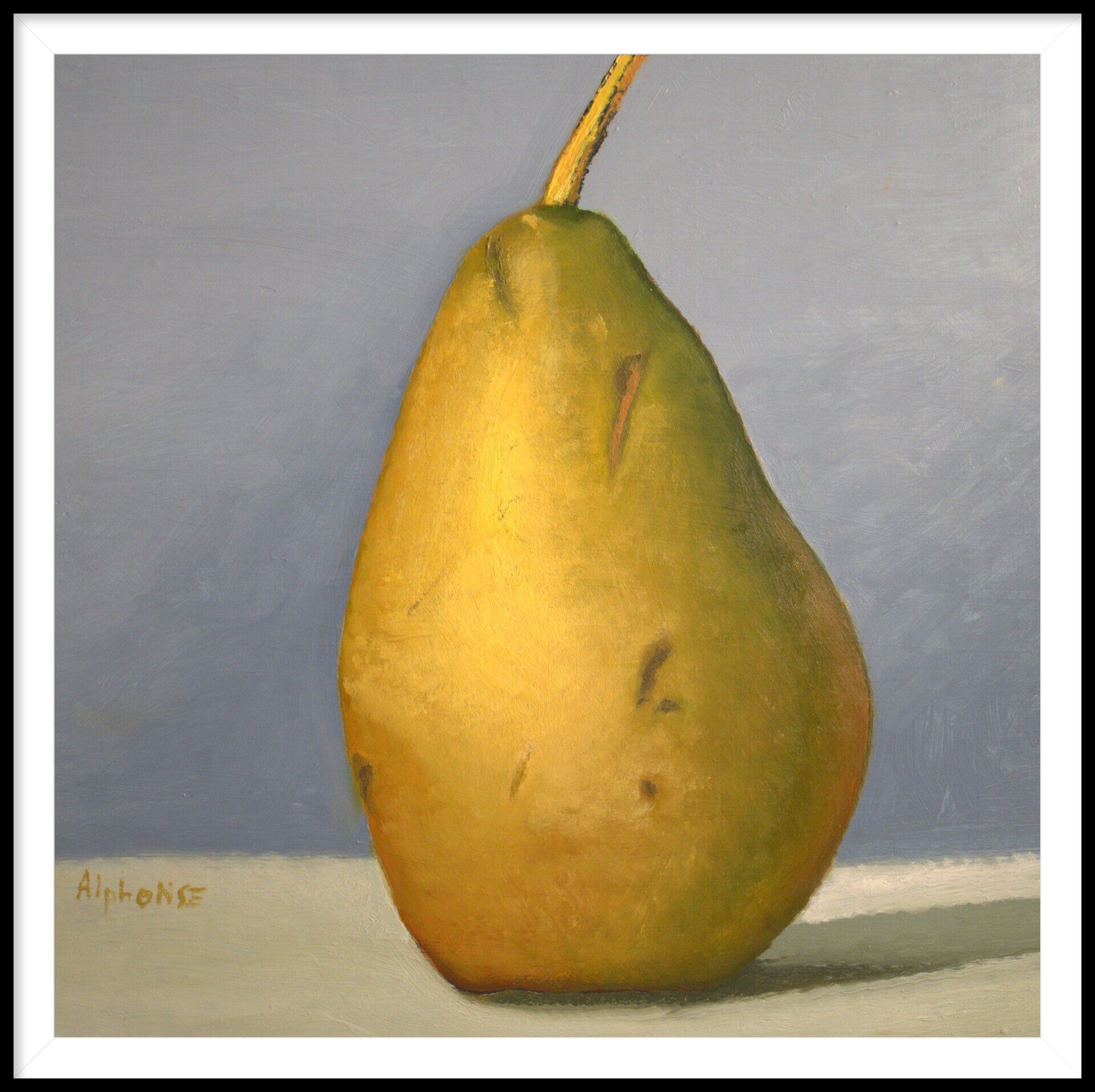
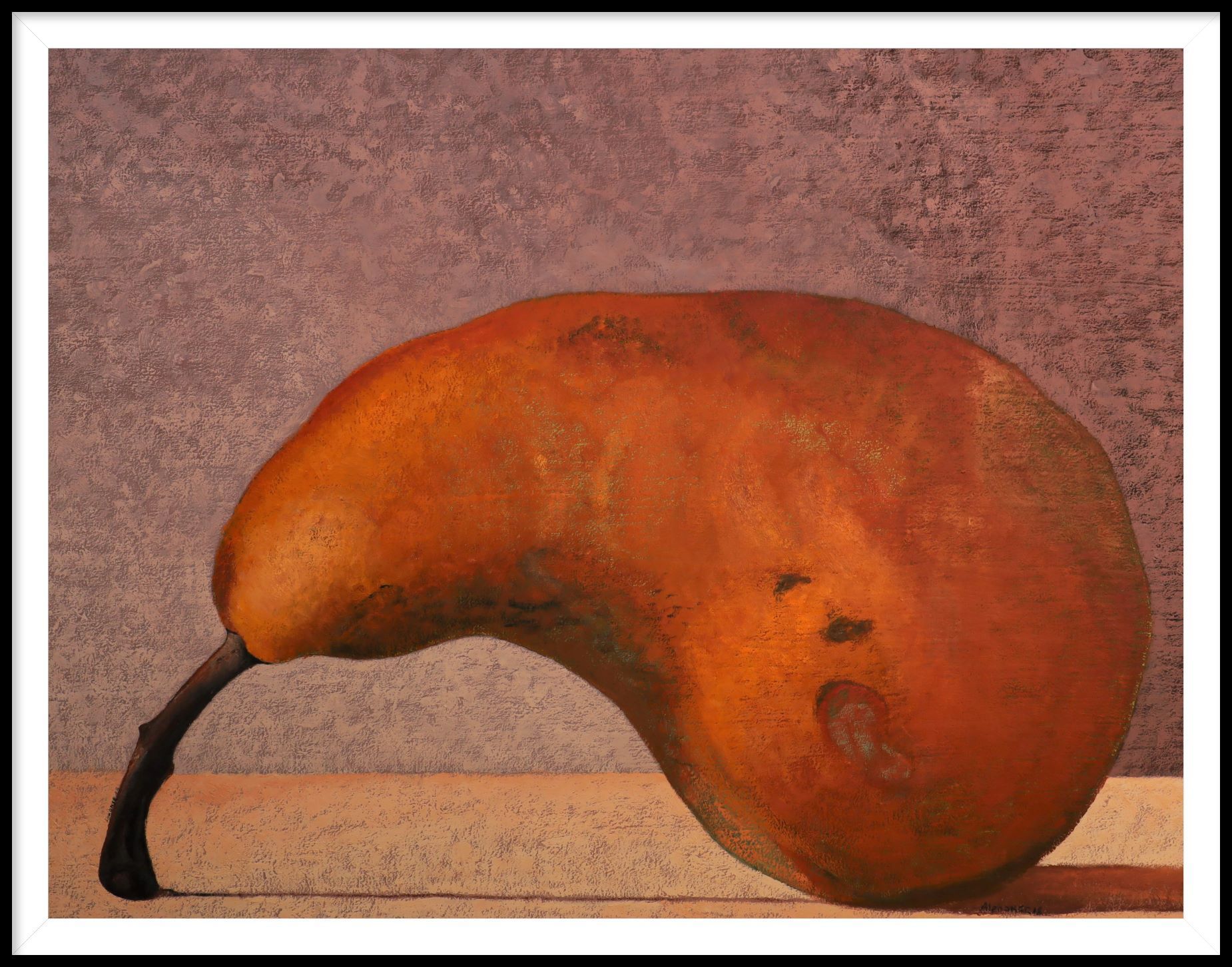

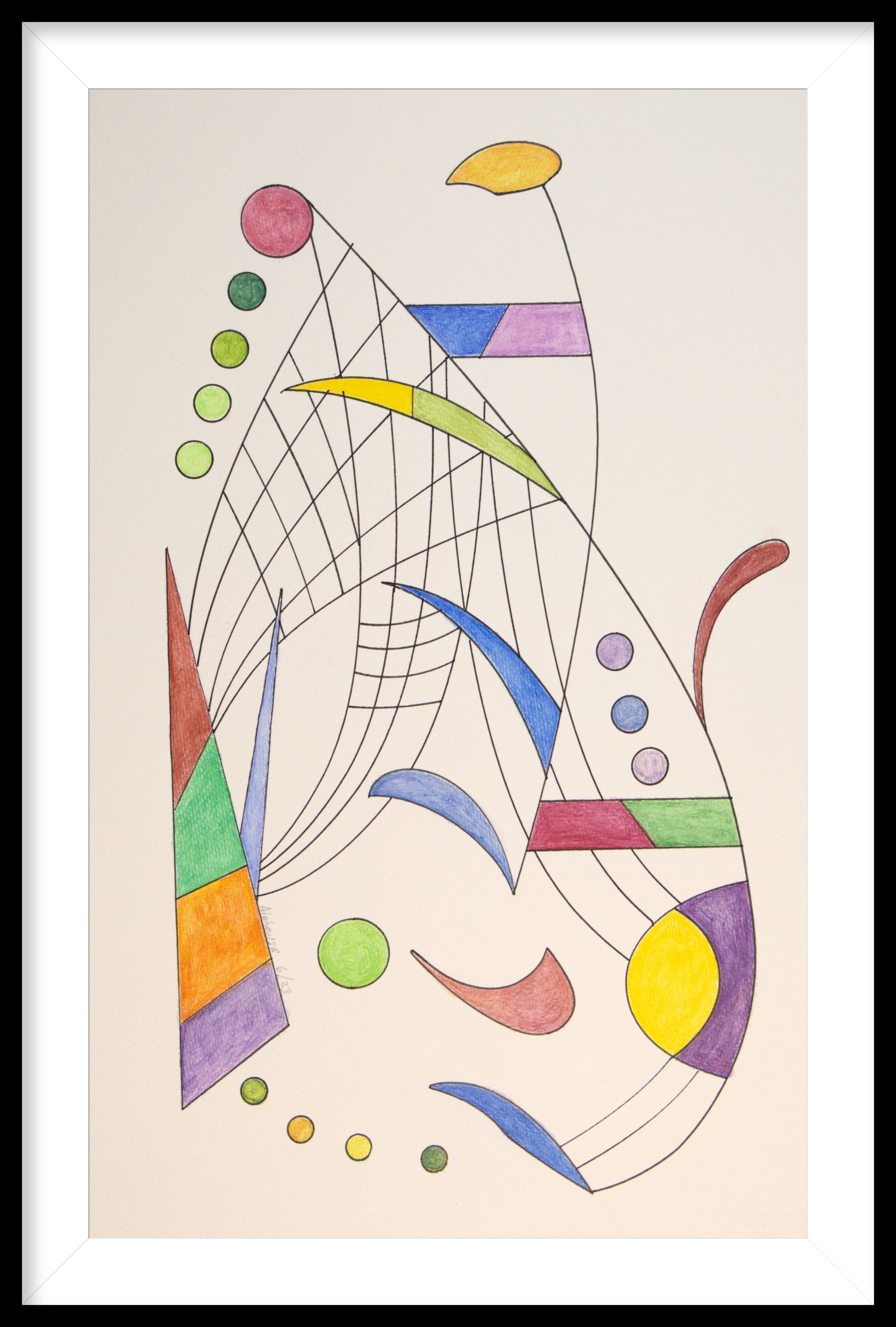


ARTIST BIOGRAPHY
Born in 1961, Alphonse Lane is a visionary artist and dedicated educator whose vibrant creations transcend the bounds of convention. With a deep-rooted passion for the arts, Lane embarked on his artistic journey at The Pennsylvania Academy of the Fine Arts (PAFA), where he obtained his Certificate of Fine Art in 1986. Here, he delved into the realms of painting and printmaking, laying the foundation for his future explorations. Lane's thirst for knowledge led him to The University of Pennsylvania, where he earned a Bachelor of Fine Arts in 1995. Here, he delved into the nuances of mural painting and visual studies, expanding his artistic horizons and refining his aesthetic sensibilities.
Returning to PAFA in 2004, Lane pursued a Master of Fine Arts degree, focusing his studies on painting and the intricacies of creative
pictorial space. This period of intense introspection and experimentation marked a pivotal chapter in Lane's evolution as an artist, as he honed his craft with unwavering dedication and fervor.
Inspired by the untamed beauty of Yellowstone and Grand Teton National Park in the late 1980s, Lane returned to Philadelphia in 1991 with a renewed sense of purpose. Immersed in the study of the floral genre, he sought
to capture the ephemeral beauty of nature on canvas, infusing his work with vivid colors and delicate brushwork.
In the late 2010s, Lane embarked on a journey of surreal exploration, drawing inspiration from masters such as Paul Klee and Wassily
Kandinsky of the Bauhaus German School of Art. Pushing the boundaries of convention, he reimagined reality through a kaleidoscope of vibrant hues and dreamlike compositions.
Lane's artistic achievements have been celebrated far and wide, earning him accolades such as the Charles Firth Award of Excellence and the Tri-State Artist Equity Award. His work has been showcased at esteemed institutions including The University of Pennsylvania Fox Art Gallery, the Micro Museum in Brooklyn.
In 2018-2019, Lane received a grant from the City of Philadelphia and The Pennsylvania Council on the Arts, funded by The National Endowment for the Arts, further cementing his status as a pioneering force in the world of contemporary art.
Today, Alphonse Lane continues to create with boundless passion and creativity, painting in the tranquil solitude of his home and studio in Berwyn, Pennsylvania. As an artist and educator, he remains dedicated to pushing the boundaries of artistic expression and inspiring the next generation of creative minds.
ARTIST CV
Alphonse Lane
Education
2004 MFA, + CFA Painting, Pennsylvania Academy of the Fine Arts
Philadelphia, Pennsylvania
1995 BFA, Art History, Visual Studies, University of Pennsylvania
Philadelphia, Pennsylvania
1980-82 Evening School, Painting, Drawing, Pennsylvania Academy of the Fine Arts
Philadelphia, Pennsylvania
Grants
Pennsylvania Council on the Arts and National Endowment for the Arts / given by the Greater Philadelphia Area Cultural Alliance Grant for 2018~2019 for the Creation of Butterflies
Instructor / Teacher
The Women’s Studio Center / Long Island City, NY / Instructor in Gliding and Antique Finishes, Patinas Veils, using Casein / Wax and Pigment and other materials. / Private Instruction – Mentor in / Garnet Valley, PA
Exhibitions
Solo Exhibitions
2008 Fox Art Gallery, University of Pennsylvania, Philadelphia, Pennsylvania
2009 Fox Business Incubator, Temple University, Philadelphia, Pennsylvania
Over Fifty Group Local and National Exhibitions
NURTURE Exhibition, hosted by PAFA and FMC Tower / Corporate Cira Center South 2929 Walnut Street, 25th Floor, Phila, PA 2023
Fellowship of the Pennsylvania Academy of the Fine Arts @ The Pennsylvania Academy of the
Fine Arts Hamilton Building, 2022 to 2023 winter, Juried by Audrey Flack.
504 Arts, @ Harrah’s Casino in Chester, PA 2022-2023
504 Arts, @ Harrah’s Casino in Chester, PA Spring 2021
Burrison Gallery, The University of Pennsylvania Autumn, 2019
Art Fair, University of Pennsylvania/ Autumn 2019
504 ARTS, Exhibition in Chester, PA 9/6/2019 to 4/1/2020
Art Fair, Spring 2019, The University of Pennsylvania
The University of Pennsylvania, The Burrison Gallery, February 2018 / Group Exhibition
Gallery Piquel, New Hope, Pennsylvania 2017
Alumni Exhibition, University of Pennsylvania, 2016
Art on Avenue of the States Autumn 2016
Art on Avenue of the States, Summer 2016
Gallery Piquel, New Hope, Pennsylvania, 2016
Bryn Mawr Hospital Rehab Unit, Malvern, PA, 2015
The University of Pennsylvania, Home Coming Weekend, 2015
Art on Avenue of the States, 2015
Artist House Gallery, Philadelphia PA 2015
Art on Avenue of the States Gallery, 2013
The Fine Art Center of Hot Springs, Hot Springs,
Arkansas, February 2013
The West Park Art Gallery, “Major in Art Direction” Exhibition / Manhattan, NYC / Sept 2012
Art on Avenue of the States, summer 2012
The LOFT Art Gallery, August / Exhibition – Brooklyn / NYC 2012
{Invited to / had to decline} Trevisart International Art, Invitational International Exhibition of “Little Treasures” at Gallery De’ Marchi, Bologna, ITALY, November 19th to December 1st, 2011
Aeon Logic Art Gallery, International Art Exhibition, Malaga Spain, 2010
Corporate Art Show, Philadelphia, Sande Maslow Art Group, 2010
Micro Museum, Brooklyn, NYC 2009, 2010
The Art of the Flower, Philadelphia Sketch Club, 2008
The Fellowship of PAFA, 2008
In the Mind’s Eye, Ceres Gallery, Chelsea, NYC 2007
Flowers Show / Salon Des Amis Gallery, Yellow Springs, Chester County Pa 2007
The Essentials, “Artist and Their Individual Voice”, Bucks Gallery of Fine Arts, 2006-2007
Montserrat Gallery, “Salon” Exhibition, Chelsea, NYC 2006-2007
Gallery RoCa Fine Arts, “Oil and Dust” Havre De Grace, Maryland, 2006
Ceres Gallery, Chelsea NYC, Fourteenth Annual Exhibition, Looking in Looking out, 2006
Art Gotham Gallery NYC, Square Foot Exhibition, 2006
Omega Muse LLC, Corporate Art Exhibition, 2005
Bucks Gallery of Fine Art, Gallery Artist Exhibition, 2005
Ceres Gallery, NYC, International Group Exhibition, 2005
Chehi Estate, (Invitational) 2005
The Plastic Club, Philadelphia, Small worlds, 2005
Salon De Amis, “Invitational” 2004
Accent Gallery, Work on Exhibit, Ocean City, NJ 2004-2005
The Gilt Complex Gallery, Work on Exhibit, Avalon, NJ 2004-2005
PAFA, Thesis Exhibition, 2004 PAFA, Post Bac and MFA open Competition, 2004
PAFA, MFA, Exhibition 2002-2003
Tri-State Artist’s Equity Show, Glassboro State College, 2000
PAFA, Alumni Exhibition, 2001
Wayne Art Center 2000,1991,1990,1987
PAFA, Fellowship, 2004-2003, 2002, 2001, 2000, 1999, 1991, 1989
Featured, as one of two emerging artists, Manayunk Art Center, 1996
Rosenfeld Gallery, Philadelphia, 1995
PAFA, ASE, 1984, 1985, 1986,
PAFA, Prize Winners from the ASE, 1985
Awards
1 The Runner-Up Award from Art Registry World Artist Grant competition 2016/2017
2. Curator's Choice" (Curator Kathleen Laziza) Award @ the Micro Museum / Brooklyn, New York 2010
3. Tri-State Artist Equity Award Celebrating
The Philadelphia Museum of Art, Memorial Hall Philadelphia, PA 1993
4 Charles Firth Award of Excellent, Pennsylvania Academy of the Fine Arts Fellowship, Philadelphia, PA 1992
5. New Jersey Art Supply Awards 1989
6. The Alexander Prize ~ Pennsylvania Academy of the Fine Arts, Philadelphia, PA ~ 1985
7. Wayne Art Center, Wayne, Pa, Honorable Mention 1984-1985-
About oil paintings and how to care for them
Cleaning, care, and durability: This painting and all oil paintings should be cleaned gently with a dry cloth made of Cotton. It would be best if you never rubbed hard on an oil painting but gently dust off any dust or particles that appear on the surface. The reason for this is that Oil paintings never dry. They continue going through a molecular change, so you should keep dust off and never touch the face of an oil painting as the oil on your fingers will transfer onto the surface. Oil paintings on panels are highly durable as they cannot be punctured without significant impact, and to mar the character from the front would take a great deal of ill responsibility.
Rabbit skin gesso: First, explain what Gesso is; it is a white substance. Usually, it is the bottom layer or substrate for oil paintings. If you don't start with white in an oil painting, it is like having Stained Glass without any light behind it. You cannot see the color. Rabbit skin gesso is named this because the artist takes a glue made from, in this case, Rabbit skin. The substance is sold as a somewhat tan granular powder like sand. First, it has to be cooked in water at a shallow temperature to dissolve the glue in water. Once it is dissolved in hot water then, the artist adds a white powder which is powdered marble, whiting can also be added as it is white also. Powered marble will not be yellow as it is ground stone. The final substance comes out like white Coffee cream; it is then brushed on a wooden panel to impart a glistening white surface that is absorbent and a perfect surface to accept oil paint after it has dried.
Substrate: The bottom layer or base or foundation of white for an oil painting.
Pigments: Basically, colors. Since pigments are colors, when you have a powdered pigment, and you mix it with Linseed Oil or other oils, it then becomes paint. For example, Carbon or Soot will provide you with the color black because it is pigmented by the substance that forms inside a stove pipe. As an artist, my paintings are made with the finest pigments sold on the market today, such as Old Holland, Winsor & Newton, and Holbein pigments. These paintings are one-of-a-kind designs, and no two are duplicates.
Certificate of Authenticity
Since these are original designs, the purchaser will be supplied a C.O.A., a Certificate of Authenticity stating that they are genuine and made by the hand of the artist Alphonse Lane. This certificate is made out to the purchaser with the artist's stamp and seal and the artist's trademark upon purchase.
THE METHOD AND TECHNIQUE OF THE ARTIST, HOW WE DO WHAT WE DO.
I take a Baltic Birch Panel (a Baltic Birch is a specific grade of Birchwood Panel that is sturdier and has other qualities that make it superior to a Birchwood Panel). I give the panel primary sanding with very smooth sandpaper. Then once the surface is softened and smooth, a layer of Linen or muslin is cut to the panel size. This is done because a Birchwood Panel will evoke small fissures or cracks if one does not stop it. Birch is also used as it is low in Tanic Acid, prevalent in most woods, and will darken the painting considerably in time, ruining the image.
Mulberry Rice Paper can also be used on smaller panels. The surface is then prepared with a substance listed below *Rabbit Skin Gesso. The name Rabbit Skin implies the following: this is a Hyde Glue abstracted from the skin of Rabbits. Its molten state is gelatinous and will act like Jell-O and congeal when cool. Before it cools, a white substance called Whitting, or Pure White Powdered Marble, is added to the warm Hyde Glue solution. The meaning becomes like *light Coffee Cream in consistency and appearance. It is very watery, and a layer is applied directly to the raw panel. Then, when wet, the Linen is laid on top of the forum, and all the air bubbles are pushed out. An additional layer of the Gesso is applied, ensuring the edges are taken care of. As each layer is put on the panel, one must wait for it to lose its luster and shine. It is then ready for the next layer of the Gesso. The board is complete when about 4-6 layers of Gesso have been applied. It is then allowed to dry overnight or for up to 24 hours. The artist must take extreme care to add the proper amount of Hyde Glue to water, or it can have the strength to bend the panel beyond use.
Once dry, the panel will be a glistening pure white surface. Then using the finest pigments on the market and creating a drawing, the painting commences.
ARTICAL WRITTEN BY ALICIA PUIG, FOR CREATE MAGAZINE ABOUT ALPHONSE LANE.
Https://www.createmagazine.com/blog/2021-5-11-beauty-in-the-imaginative-artwork-by-alphonse-lane
Maximalism has its place, but there’s always something satisfying about art that conveys a message, an emotion, or a subject with less. Berwyn-based painter and photographer Alphonse Lane demonstrate this exemplary skill through his work. In his ongoing series of still-life compositions, the artist primarily focuses on one element, such as a pear, a daffodil, or an arrangement of lilies, which are presented against a monochromatic backdrop. His methodical approach to composing images feels intentional, yet never overly calculated. There’s a lightness to his art that in some pieces borders on the imaginative and surreal.
Lane’s paintings have a quiet and unassuming, but still inviting presence to them. Rather than heightening colors or smoothing out the blemished surface of a ripening piece of fruit, he chooses to render his subjects faithfully. Although the artist has an extensive history of working in photography, these images are not meant to be photorealistic. His works act as a reminder that we can find beauty in imperfection and more broadly that appreciating natural beauty comes from seeing things as they are. Subtle chromatic gradients in tones of vermillion, chartreuse, and raw umber give the impression of soft lighting and warmth. This effect is seen most clearly in works from The Pear Series but is evident in his floral art as well.
In fact, upon studying the artist’s oeuvre, one will notice that the considerations he takes in his paintings also inform his photographic work. Lane’s images exude a painterly quality through close cropping and atmospheric lighting, but especially in the choice to depict flowers and leaves which have undulating forms reminiscent of dynamic brushstrokes across a canvas. Even the backgrounds of his still-life vignettes are often textured, mimicking their painted counterparts. In this way, the manner in which he utilizes both mediums works seamlessly together and is a testament to the years spent mastering his craft as a contemporary fine artist.
GRANT RECEIVED

This GRANT was awarded to Alphonse Lane by the Pennsylvania Council on the Arts, it is
funded in part by the National Endowment for the Arts and the Greater Philadelphia Cultural alliance, 2018-2019 for the creation of images of Butterflies.
Article
GALLERY AND STUDIO MAGAZINE, VOLUME #10, No,5 Ed McCormack / Article Summer 2008.
Ed McCormack / Gallery and Studio Magazine New York
Alphonse Lane Brings “Nature Morte” to Strange New Life
In his book, “Objects on the Table,” Guy Davenport states, “That the kinship of still life with still life down through history is greater than that of landscape with the landscape, or portrait with portrait, lies at the center of its mystery” and adds, “Reiteration is a privilege of still life denied many other modes.” Although Davenport’s theory is interesting, he’s unfamiliar with the highly original still-life compositions of Alphonse Lane, an artist who holds an MFA in painting from the Pennsylvania Academy of Fine Arts and exhibits Monkdogz Urban Art in Chelsea, whose work can be seen on his website Alphonse Lane.net.
Lane, who works in a particular and pristine style and oil on panel objects on a table, invariably takes a turn for the surreal, aside from occasional departures from his usual format – an intriguing composition of floating figurative fragments and symbols called “Stage of Crystals”; a moody style landscape called “Fallen Sunflower” – most of the center of his compositions on one or more floral arrangements lined up frontally against a background of a single, pale hue. However, the petals and fronds of the flowers often resemble tendrils; their leaves possess a sinuous serpentine nest; their colors appear to parody rather than imitate nature: odd pastel hues tending toward soft, smoky yellows, olive greens, mauves, and baby blues.
The vases and pots that Lane paints are often in similar offbeat colors, and their shapes can be just as fanciful, as seen in “Exotic Phases,” where pink and pale violet vessels with curved handles rival further Baroque contours the bizarre plant forms that they hold. Lane’s imaginary plant species sometimes suggest alien life forms of an almost sinister sensuality, as flora take on the qualities of fauna, assuming postures that can seem tortured, wounded, and even malign.
Two of his most overtly anthropomorphic paintings are “Windmill Flower” and “Dying Limbs,” where the plants and their vessels merge visually to suggest single figures gesturing dramatically. Giving the lie to Davenport’s theory of sameness, Lane differs significantly from earlier still life painters, such as the Dutch masters or Marandi, in that he seems less concerned with the play of light on surfaces or formal juxtapositions than with the emotional resonance of inanimate objects.
This does not imply that Lane neglects traditional values; quite the contrary: his exquisite sensitivity to form, spatial relationships, and subtleties of tone and color lend his compositions their underlying tension. On one level, his paintings can appear as austerely arranged and un-inflected in style as those of William Bailey, another contemporary painter who invests still life with peculiarly suggestive qualities. But while Bailey’s tabletop lineups of China cups, canisters, clay wear, and the occasional egg, smoothly painted and subdued hues, have reminded some critics of metaphorical cityscapes, Lane’s paintings are all the more remarkable for his ability to imbue an equally restrained technique with a more profound psychological suggestiveness by his fanciful subject matter.
For example, Lane’s painting “Olive Mist” suggests a familial relationship between the three objects that make up the composition. The two taller plants inhabit the blue and purple phases, respectfully. Waving their fronds like arms, they appear to fawn over the smaller plant in a squat yellow pot between them. While the latter sits self-contained, like a baby Buddha, its odd blue and red petals and symmetrical leaves flourishing, the other two seem to shrivel and wane as though drained by their doting concern.
So sadly, evocative are these paintings that one can’t help reading all manner of things into them. And Lane does nothing to discourage such imaginative forays on the part of the viewer when he names a composition comprised of three objects, the central one tall and red with pink petals sprouting out of it like tongues of flame, “Fire Vase,” or titles another composition, “These Flowers Never Die.” While such interpretations are admittedly subjective and probably touch upon meanings never intended by the artist, it seems safe to surmise that each viewer who scrutinizes Lane’s work will come up with equally far-fetched conclusions.
Something of a mysterious departure for its outdoor setting is a painting called “Blue Light,” in which hearty nocturnal blooms in a stout vase are seen against a starry sky, seemingly trumpeting their vespertine glories from their shapely horns. By contrast, in “Red Ocher Vase,” small, colorful flowers on a tall vine, rising out of the vessel shaped like a human heart, appear to sizzle like sparks on the fuse of a bomb.